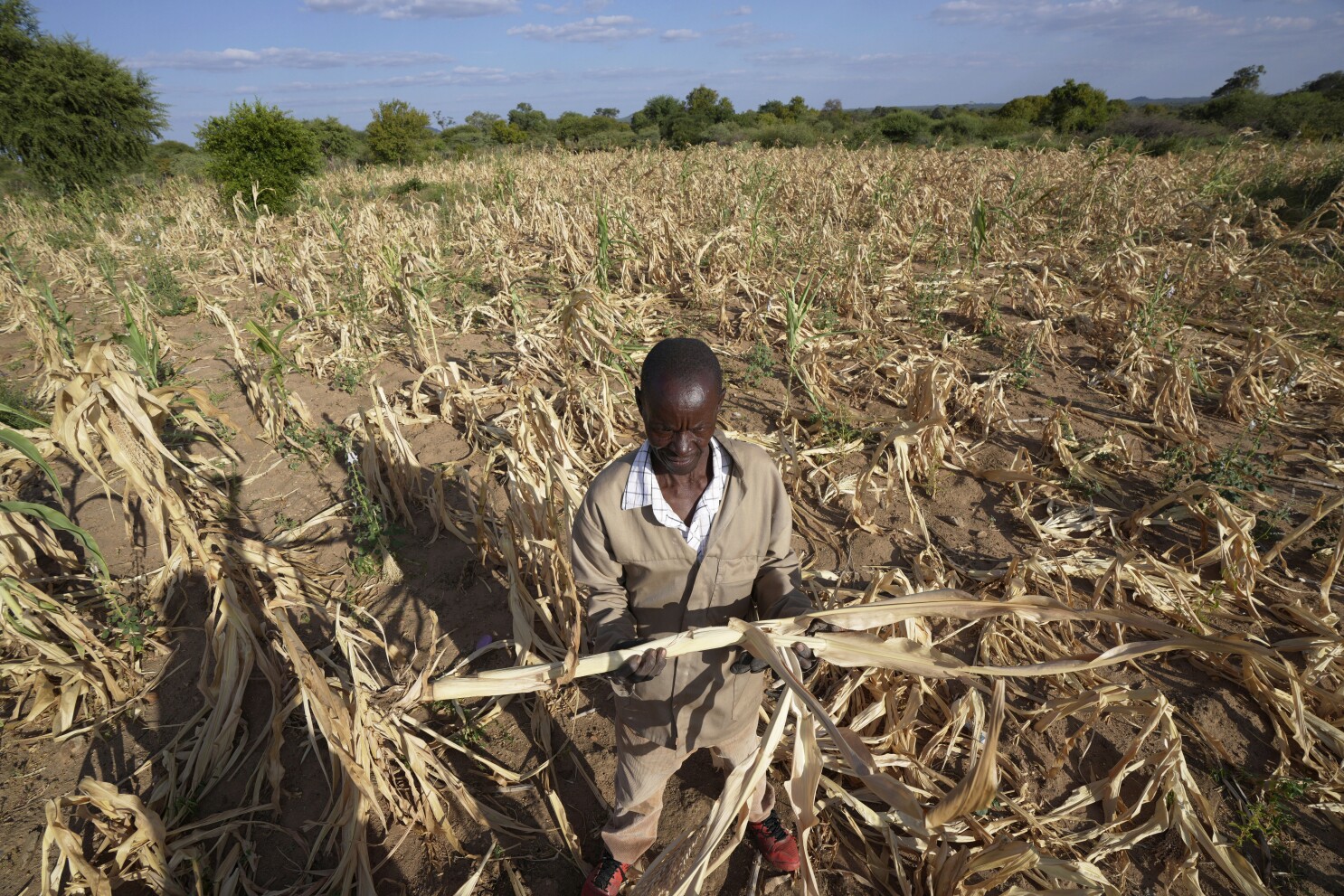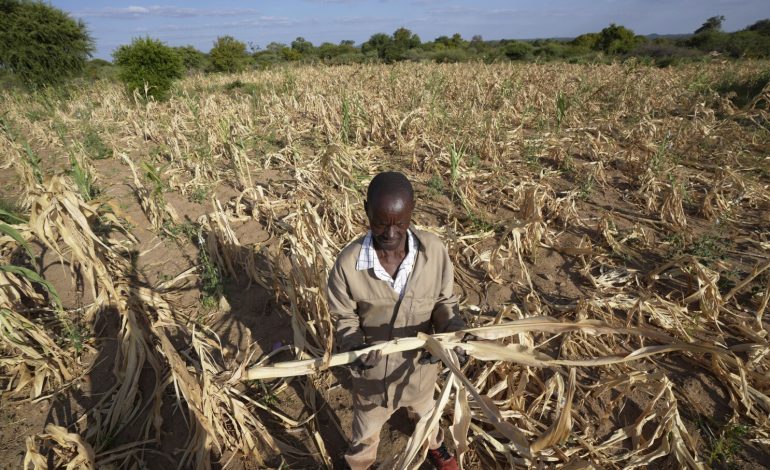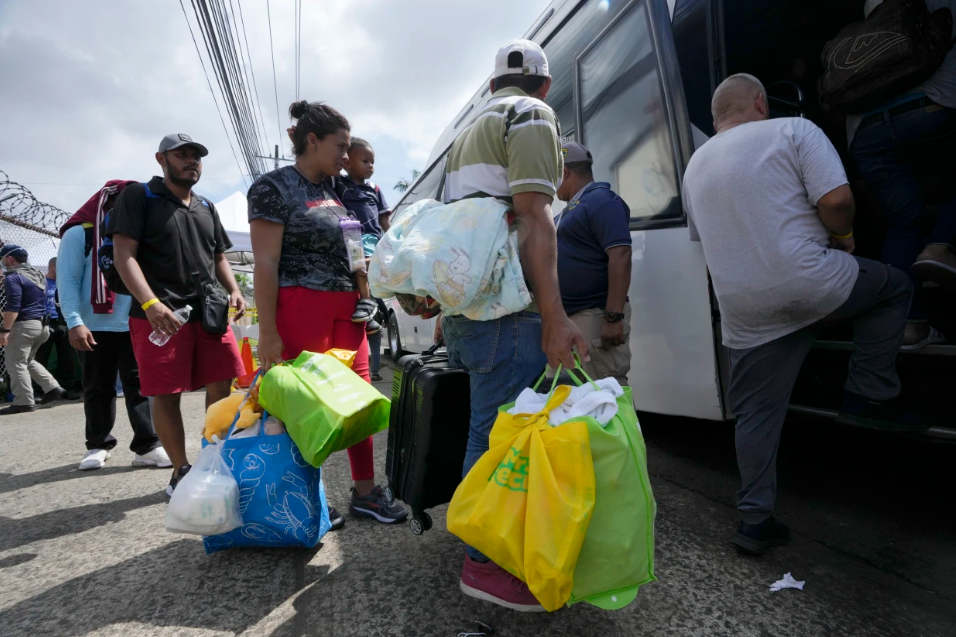A prolonged drought in Namibia has severely disrupted farming activities, placing some 1.26 million people, or more than 40% of the population, at risk of crisis-level food insecurity, Bloomberg reports, citing the country’s agriculture ministry.
The last rainy season started late and recorded below-normal showers in October and November, delaying planting across the semi-arid nation in southwest Africa. While improvements are expected, the ministry said in a report released Friday that farmers have already been significantly impacted.
“Most households reported that their harvest from the last season lasted only from July to August, while some households could not harvest anything at all due to the severity of the drought,” the ministry reported.
Households have been forced to purchase food or rely on state drought relief.
Government analysis projects increasing food insecurity through June 2025, particularly during the dry season, with prices anticipated to continue rising until at least the end of next month.
As of the end of November, the nation’s strategic food reserve storage facilities were at 11% capacity, a decrease from 21% the previous year. Available reserves consisted of 2,360 metric tons of corn and 83 tons of pearl millet. The ministry said that approximately 301,000 tons of cereal imports will be necessary to address the production shortfall, with 278,700 tons already imported by the end of last year.
Livestock farming has also been negatively affected, with animals suffering from inadequate grazing and water, which leaves them increasingly vulnerable to disease.








